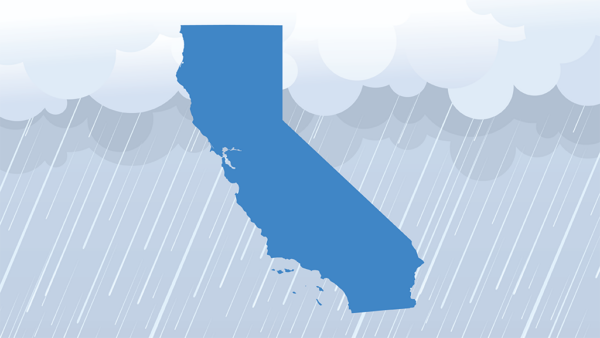Californians have been battered by torrential rains and flooding from a recent series of storms. To help victims recover, the Internal Revenue Service recently announced tax relief for federally declared disaster areas in the state.
Which California counties are getting tax relief?
Initially published on January 10, the news release was updated yesterday to include 10 new affected areas. Now, the relief applies to 41 counties across the state:
- Alameda
- Colusa
- Contra Costa
- El Dorado
- Fresno
- Glenn
- Humboldt
- Kings
- Lake
- Los Angeles
- Madera
- Marin
- Mariposa
- Mendocino
- Merced
- Mono
- Monterey
- Napa
- Orange
- Placer
- Riverside
- Sacramento
- San Benito
- San Bernardino
- San Diego
- San Francisco
- San Joaquin
- San Luis Obispo
- San Mateo
- Santa Barbara
- Santa Clara
- Santa Cruz
- Solano
- Sonoma
- Stanislaus
- Sutter
- Tehama
- Tulare
- Ventura
- Yolo
- Yuba
Visit the IRS’s Tax Relief in Disaster Situations page for the most up-to-date list of eligible locations.
What are the terms of the California tax relief?
Tax relief generally provides qualifying individuals and businesses residing in federally declared disaster areas additional time to meet filing and payment deadlines. The California relief pushes back a number of deadlines beginning January 8, 2023, until May 15, 2023, including the following:
- January 17, 2023, quarterly estimated tax payment deadline
- January 31, 2023, quarterly payroll and excise tax filing deadline
- March 1, 2023, farmers’ filing and payment deadline (if they forgo quarterly estimated payments)
- April 18, 2023, quarterly estimated tax payment deadline
- April 18, 2023, individual income tax return filing and payment deadline
- April 30, 2023, quarterly payroll and excise tax filing deadline
This relief also extends to individuals and businesses with uninsured or unreimbursed losses resulting from the storms. Qualifying victims “can choose to claim [those losses] on either the return for the year the loss occurred (in this instance, the 2023 return normally filed next year), or the return for the prior year (2022, normally filed this tax season).”
However, when claiming uninsured or unreimbursed losses, taxpayers should review Publication 547 and remember to “write the FEMA declaration number—3691-EM—on any return claiming a loss.”
Sources: IR-2023-03; “Storms keep pummeling California, causing widespread flooding and evacuations,” NPR.org

